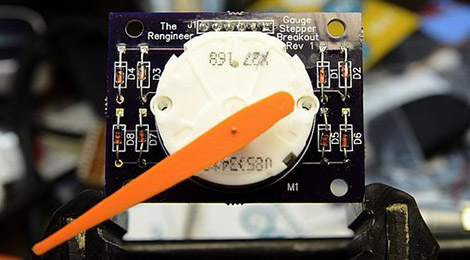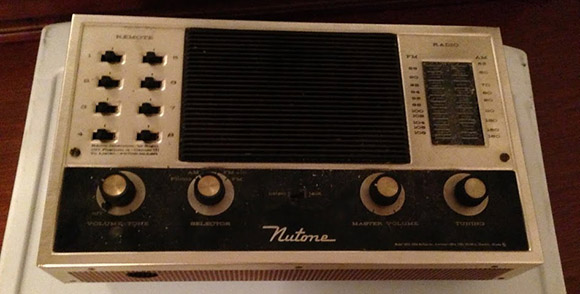
If you want something great to add to your astronaut application, this is your chance. If you can figure out a way to optimize the position of the solar panels for the International Space Station, you’ll win $10,000 from this TopCoder competition.
Positioning the solar arrays on the ISS is an incredibly complex task; if parts of the arrays are in the shadow of other parts, they’ll bend due to the temperature difference and eventually break. NASA would like more power to run science experiments and other cool stuff, so they’re turning to hackers so they can optimize the amount of power generated on the ISS.
Your goal, as a contestant in this completion, is to define the angular position and velocity for each of the joints that connect the solar panels to the station for every point in a 92-minute orbit. Limitations on any solution include making sure the masts for each panel aren’t in a shadow more than they need to be, making sure the cycle can be repeated each orbit, and making sure the most power is generated on board.
The completion is open, so if you haven’t done enough matrix algebra this weekend feel free to sign up. In any event, you’ll get a cool CAD model of the ISS.















